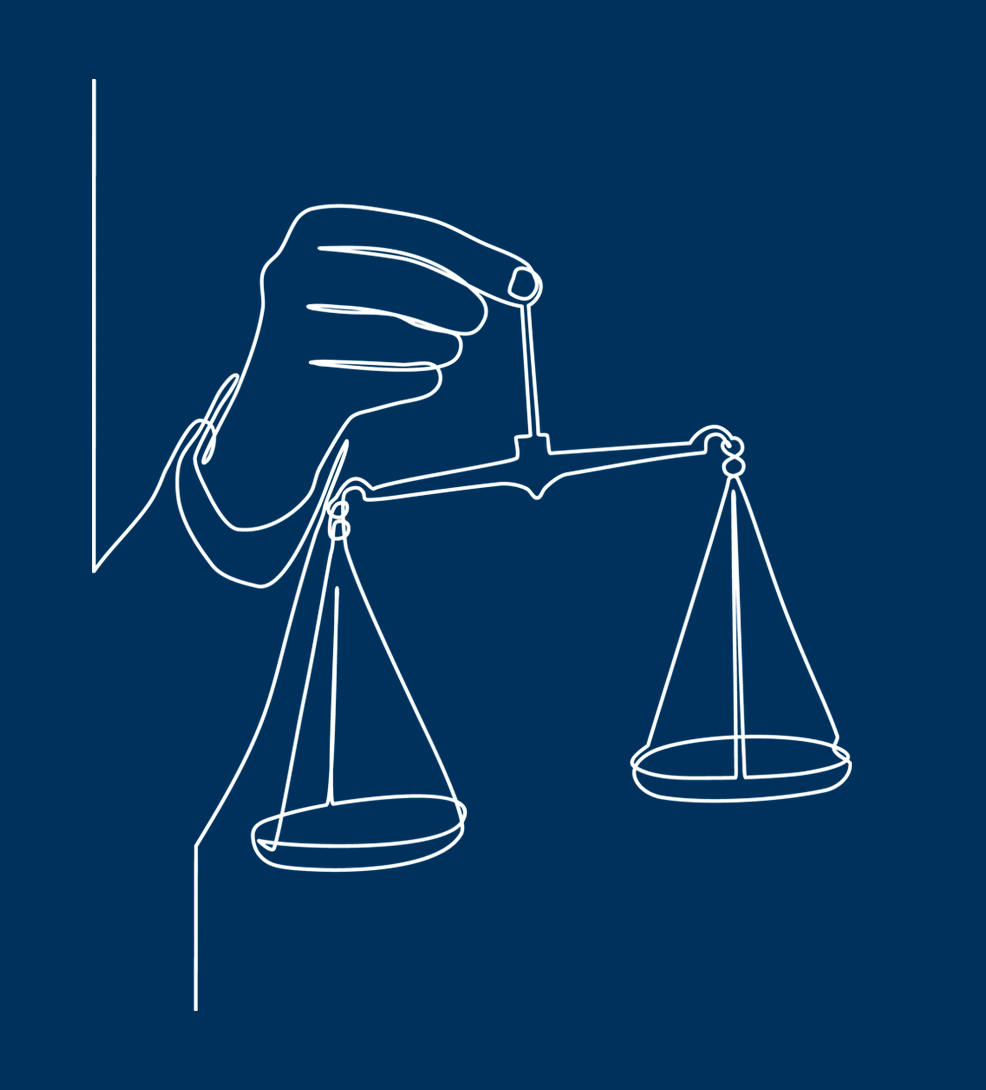Nations follow different legal traditions and have adopted theories of jurisprudence and approaches to adjudication that best suit their culture and needs. Many countries also have specialized justice mechanisms to address discrete needs, for example military justice and transitional justice frameworks. This page explores the important issues of legal theory and justice mechanisms.
Civil Law
Civil law predates common law by nearly 1500 years. Its origins can be seen in written laws as early as the fifth century BC in ancient Rome. These laws were meant to be comprehensive and authoritative; they were meant to address every conceivable issue, and the answer derived from a centralized imperial authority. Civil law takes its name from the Corpus Juris Civilis, the first effort to codify all of Roman law, compiled under the rule of Justinian in the sixth century AD.
Common Law
The roots of common law can be traced to the Middle Ages in England, when King Henry II looked to adjudicators, rather than written codes, to make law in newly Norman Britain. This system was called common because it was meant to be held in common for all of Britain, rather than particular to certain regions, like the codes that preceded it. Judges would ride circuit and resolve issues on an ad hoc basis, before returning to London and discussing their decisions with other judges.

Civil Law & Common Law
Most of Europe, Central and South America, the Middle East, Asia, and some African countries follow the civil law tradition. The common law system is found in the United Kingdom and its former colonies throughout the world. Although each nation has modified specific legal structures and practices, and many have unique historical nuances, there are general trends within the civil law world and across common law nations.
Our chart broadly describes these features.
Legal Reasoning
Although the most pronounced differences between common-law and civil-law systems are structural, it is also important to recognize that within each system, judges employ very different methods of legal reasoning.
Civil Law
Legal reasoning in civil law countries focuses squarely on codes. The code, not the case, is the primary source of law and usually will have a provision for the situation at hand. In keeping with the tradition of legal positivism, civil-law judges approach the law as a scientific inquiry. This means they do so systematically and that they more frequently look to legal scholars’ interpretations than do their common-law counterparts. In civil-law countries, legal scholars are considered the authoritative source on interpretive material.
To the extent case law does feature in civil-law systems, it plays a much less prominent role. There is no notion of stare decisis in traditional civil-law systems (though that is changing somewhat in many jurisdictions), and so no decision will be binding on a judge. If legal scholars have identified a pattern of cases showing an established, persuasive line of legal reasoning, then that may carry some weight; but in civil-law countries, case law is generally the end of the inquiry, not the beginning.
A civil-law judge encountering the user profile search described in the common-law reasoning section above first looks to the relevant code. For most cases, the code is the beginning and end of the inquiry. If the code does not treat the issue, or if it is somehow ambiguous, the judge will next see what legal scholars have written about the situation or provision. Only if there is a series of consistent court decisions on point will the judge rely on case law.
Common Law
Legal reasoning in common-law countries today is characterized by stare decisis and reasoning by analogy. When common-law judges encounter a legal question, they may find it addressed in a relevant code, but more commonly, they will look to case law to see if the issue has been addressed previously. If it has, then that decision will be either persuasive or binding, depending on the level of the court. In other words, a single case can be dispositive in a common-law system. If the issue has not been addressed, then judges will look for cases that dealt with comparable situations. For example, a judge may have to decide whether police had permission to search a defendant’s personal user profile on a family computer after his mother gave consent to searching the computer. The judge has not found that situation treated in the judge’s jurisdiction before. Instead, the judge analogizes the family computer to a home, and the defendant’s profile to a room in that home. Case law is found stating that if a room is not locked and does not have indications that access is restricted (like a “keep out” sign), the room may be searched along with the house. The judge reasons that if the user profile is password protected, that would operate like a lock and forbid access without further inquiry.
Hybrid Systems & Convergence
Some legal systems, like those of South Africa and Quebec, were designed to be a hybrid of common and civil law components. Different authorities classify different countries as having hybrid systems; for instance, India, labeled a common-law system in the map above, is sometimes considered a hybrid. It has become increasingly common for civil-law systems to adopt traditional features of common-law systems, and vice versa. For instance, Rwanda, once firmly considered to have a civil-law system, is now widely recognized as having a hybrid one. Some civil-law countries (including Brazil) are beginning to accord judicial decisions precedential authority, and codification is a feature of most common-law systems.
Transnational Tribunals
As more cases are tried in international tribunals, both civil- and common-law procedures may be incorporated in a single proceeding. Often there are treaties and other international instruments to reconcile inconsistencies in approach, but there are still challenges. For instance, many common-law countries have a forum non conveniens mechanism by which a court may decline to take a case over which it has jurisdiction. This doctrine usually is rejected by civil-law countries. Differences in discovery practices, evidence admissibility standards, and disclosure rules also frequently create complications.

Islamic Law and Legal Systems
Islamic Law, commonly referred to as Shariah, governs interpersonal conduct and regulates the ritual practices of Muslims. In some countries it is also the governing law, while other countries apply Islamic law to specific areas, such as personal status or finance.
Most Muslim-majority countries have mixed systems of law incorporating elements of Islamic law into common law or civil law frameworks, and many others have entirely secular legal regimes.

Customary Law
Customary law is a set of laws based on the traditions, customs, or norms of a local community.
It is applied in many countries around the world, often in conjunction with civil, common, and religious legal systems. The content and features of customary law regimes vary by country or region and may evolve over time, in keeping with changes in local customs. In countries with weak formal justice systems, the use of customary law is more prevalent.

Transitional Justice
In countries that have experienced a sustained period of conflict, repression, or human rights violations, the existing justice system may not be equipped to provide adequate recourse. In the aftermath of sustained periods of strife, political and legal institutions may have been found complicit in atrocities or otherwise ill-equipped to enable accountability. Transitional justice has emerged as a mechanism for post-conflict communities by serving their immediate and long-term needs as they recuperate from systemic violence.
